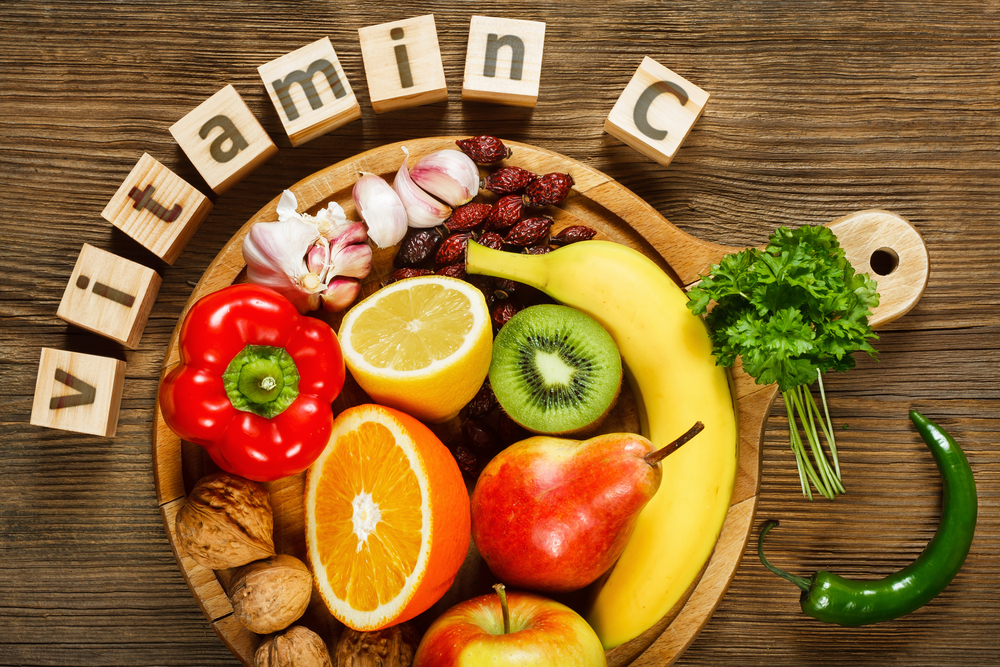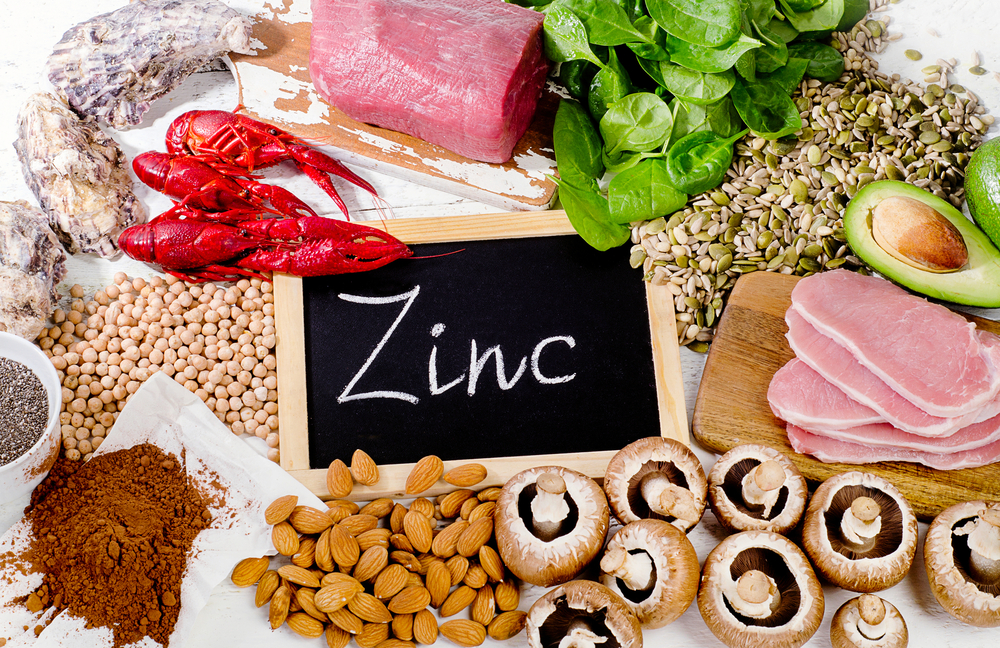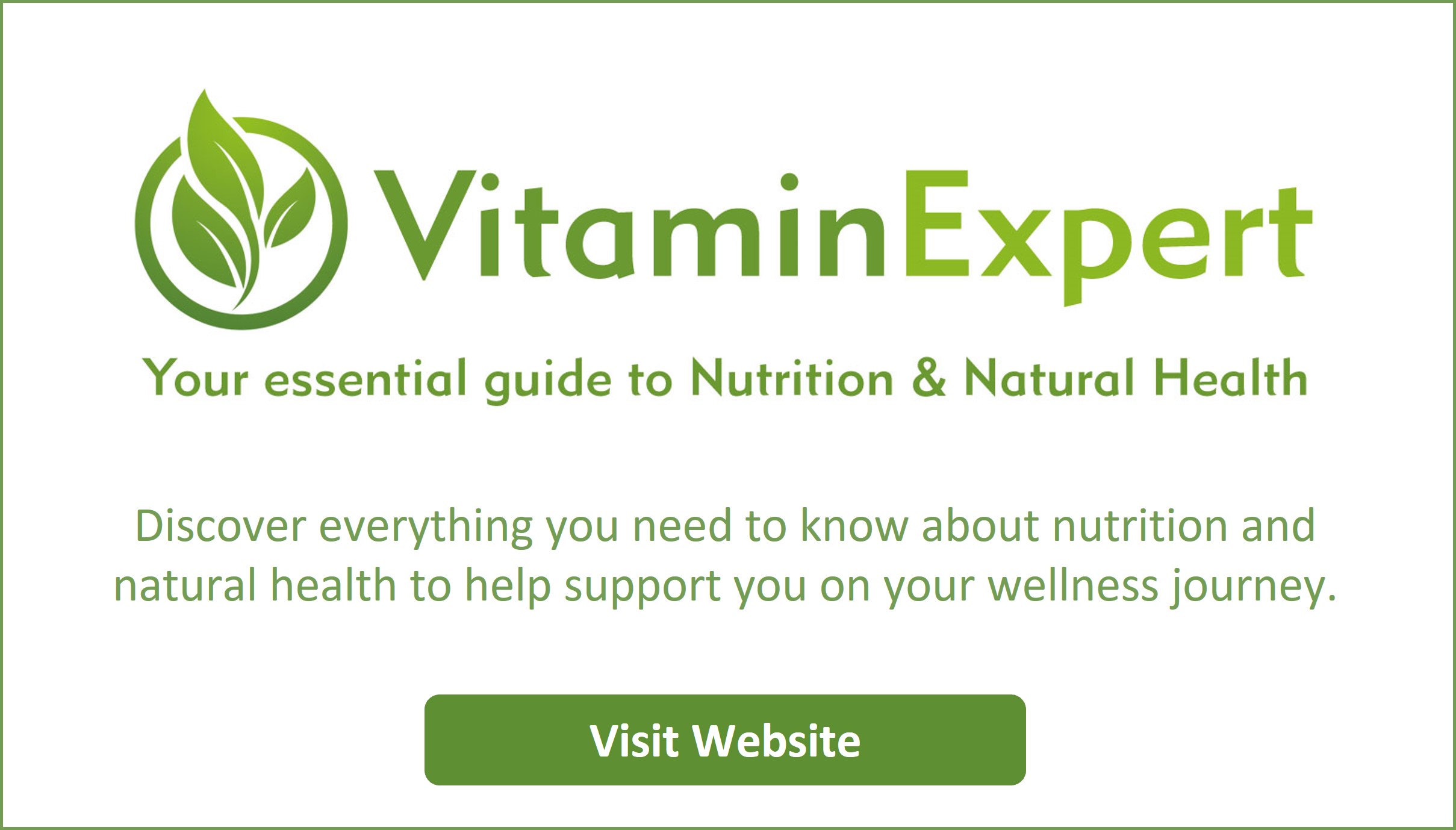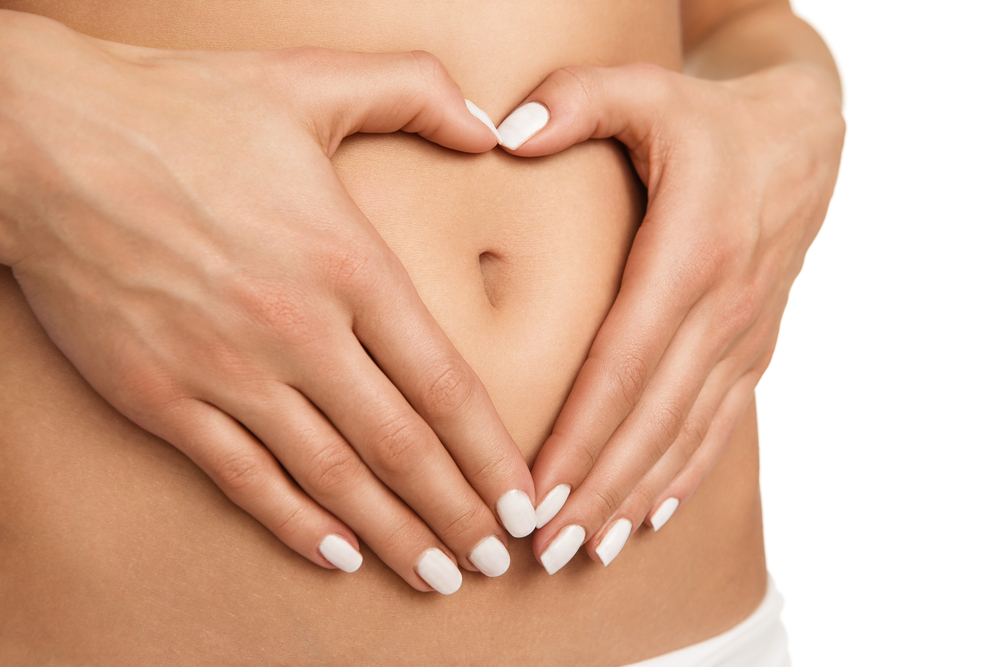
The immune system is of course responsible for keeping us well and free from all manner of illness and disease. However, as winter approaches, there are always some nasty bugs going around, so the immune system needs to be in good shape to fight off any unwanted invaders.
Clinical Nutritionist Suzie Sawyer shares her three top nutrients to help you bat away the bugs this winter.
 Whilst many nutrients (essentially vitamins and minerals), botanicals and herbal remedies provide great immune support, there are three nutrients that really top the charts.
Whilst many nutrients (essentially vitamins and minerals), botanicals and herbal remedies provide great immune support, there are three nutrients that really top the charts.
Vitamin C
As with all nutrients, vitamin C doesn’t have only one job, but it is a powerhouse when it comes to immunity. It helps to uprate white blood cell production, essential for a healthy immune system, is antiviral, antibacterial and ‘anti’ most bugs that we don’t want! Vitamin C is also one of our most powerful antioxidants, protecting the body against free radical damage, which in turn supports the immune system.

The great news is that whilst it’s easily lost in food storage, preparation and cooking, vitamin C is found in a multitude of foods, essentially all fruits and vegetables. Interestingly, thousands of years ago, humans were able to produce their own vitamin C, just like many animals do, but we’ve now lost that ability, therefore, we need to eat plenty of foods rich in vitamin C.
 At this time of year, the richest sources are broccoli, spinach, kale, oranges, tomatoes, peas and kiwi. All root vegetables, which are in season now, are also great sources. Why not prepare some warming soups which include as many veggies as possible; it’s a great and easy way of getting more vitamin C into the body.
At this time of year, the richest sources are broccoli, spinach, kale, oranges, tomatoes, peas and kiwi. All root vegetables, which are in season now, are also great sources. Why not prepare some warming soups which include as many veggies as possible; it’s a great and easy way of getting more vitamin C into the body.
Vitamin D
We’ve learnt so much more about the wonders of vitamin D, particularly since the Covid pandemic. Research found that people with low blood levels of vitamin D were at risk of poorer outcomes if they caught Covid. Vitamin D is a busy vitamin when it comes to jobs in the body, which include hormonal balance too. However, in terms of the immune system, it’s non-negotiable: just like vitamin C, vitamin D supports white blood cell production.

The biggest challenge with vitamin D is getting enough. The simple truth is that whilst it’s available in foods including oily fish, margarine and mushrooms, we need much more than can be found in foods. Plus, the form of vitamin D in foods has to be converted in the liver and kidneys and some people are poor converters, leaving them at more risk from deficiency.
 The best source is from the sunlight, and whilst it still needs to be converted into the active form, more can be stored in the body: which leaves a massive problem during the darker winter months. Supplementation is key (Government guidelines are to take a supplement of at least 10 micrograms daily) but many people need much more than this. Supplements of vitamin D3 are readily available in all health food shops.
The best source is from the sunlight, and whilst it still needs to be converted into the active form, more can be stored in the body: which leaves a massive problem during the darker winter months. Supplementation is key (Government guidelines are to take a supplement of at least 10 micrograms daily) but many people need much more than this. Supplements of vitamin D3 are readily available in all health food shops.
Zinc
The mineral zinc is another workhorse when it comes to the immune system. And in fact, it fulfils a wide range of roles in the body: there are probably no body systems when zinc isn’t needed in some way. When it comes to the immune system, zinc is essential for helping manage our innate immunity; simply put, the part we were born with. Obviously, the immune system needs to be constantly fed with the right nutrients in order to maintain its care over us. If you’ve got white spots on more than three of your fingernails, this may indicate you have a zinc deficiency.

Luckily, zinc is available in a wide range of foods including seafood (oysters are the highest), nuts, whole grains, red meat, breakfast cereals such as whole grain oats, and dairy produce.
Preparing for winter doesn’t need to be too challenging. And if you can stay ‘bug-free’ by including these nutrients in your diet this season, that’s even better!
FOR MORE GREAT NUTRITION AND LIFESTYLE ADVICE:
Sign up to receive our blog and get a weekly dose of the latest nutrition, health and wellness advice direct to your inbox.
For everything you need to know about vitamins, minerals and herbs visit our sister site Vitamin Expert – your essential guide to nutrition and natural health.
Follow us on Instagram @feelaliveuk for nutrition, lifestyle and well-being tips.
Visit us at www.feelaliveuk.com for the latest offers and exclusive Alive! content.
Follow and Chat with Suzie on Twitter @nutritionsuzie
All images: Shutterstock





 Parsnips are also high in vitamin C and
Parsnips are also high in vitamin C and 








